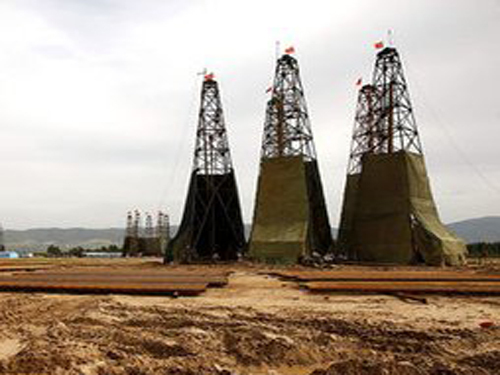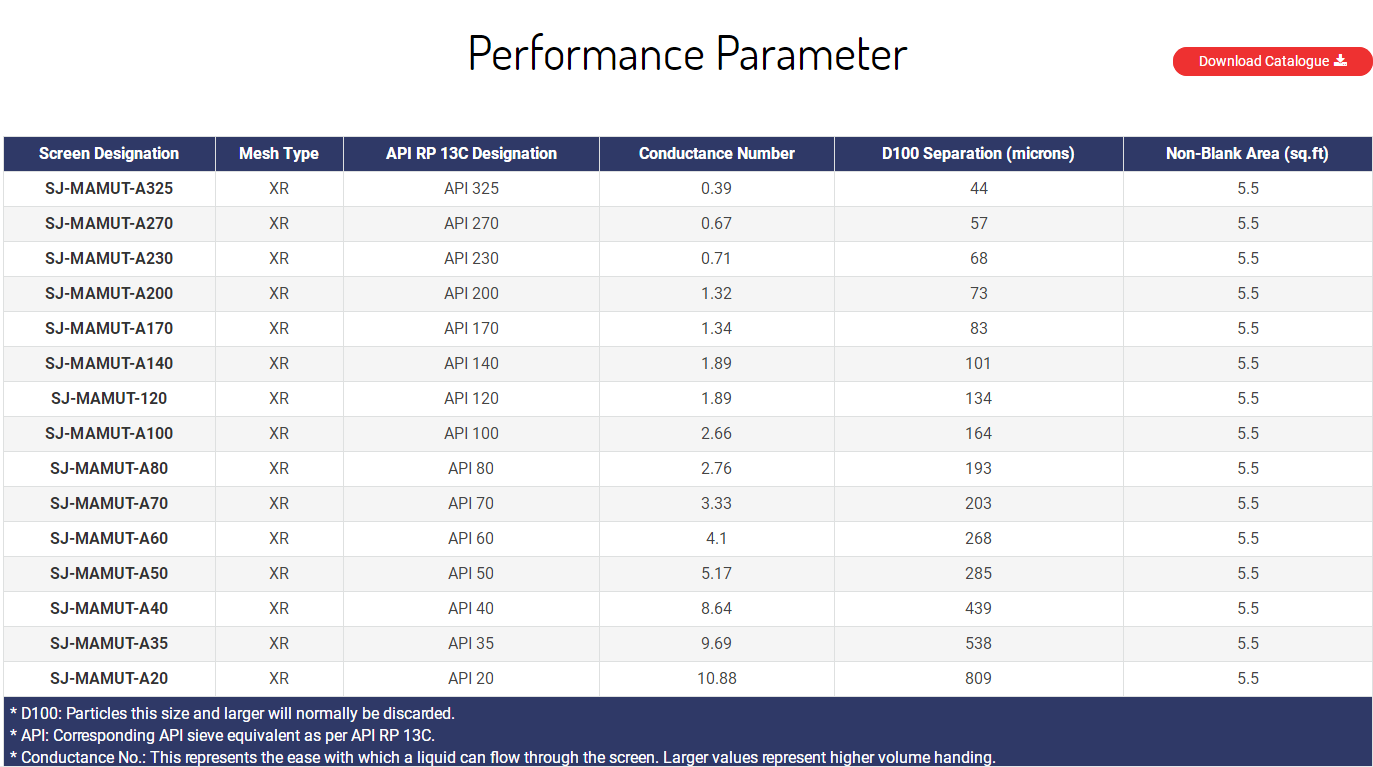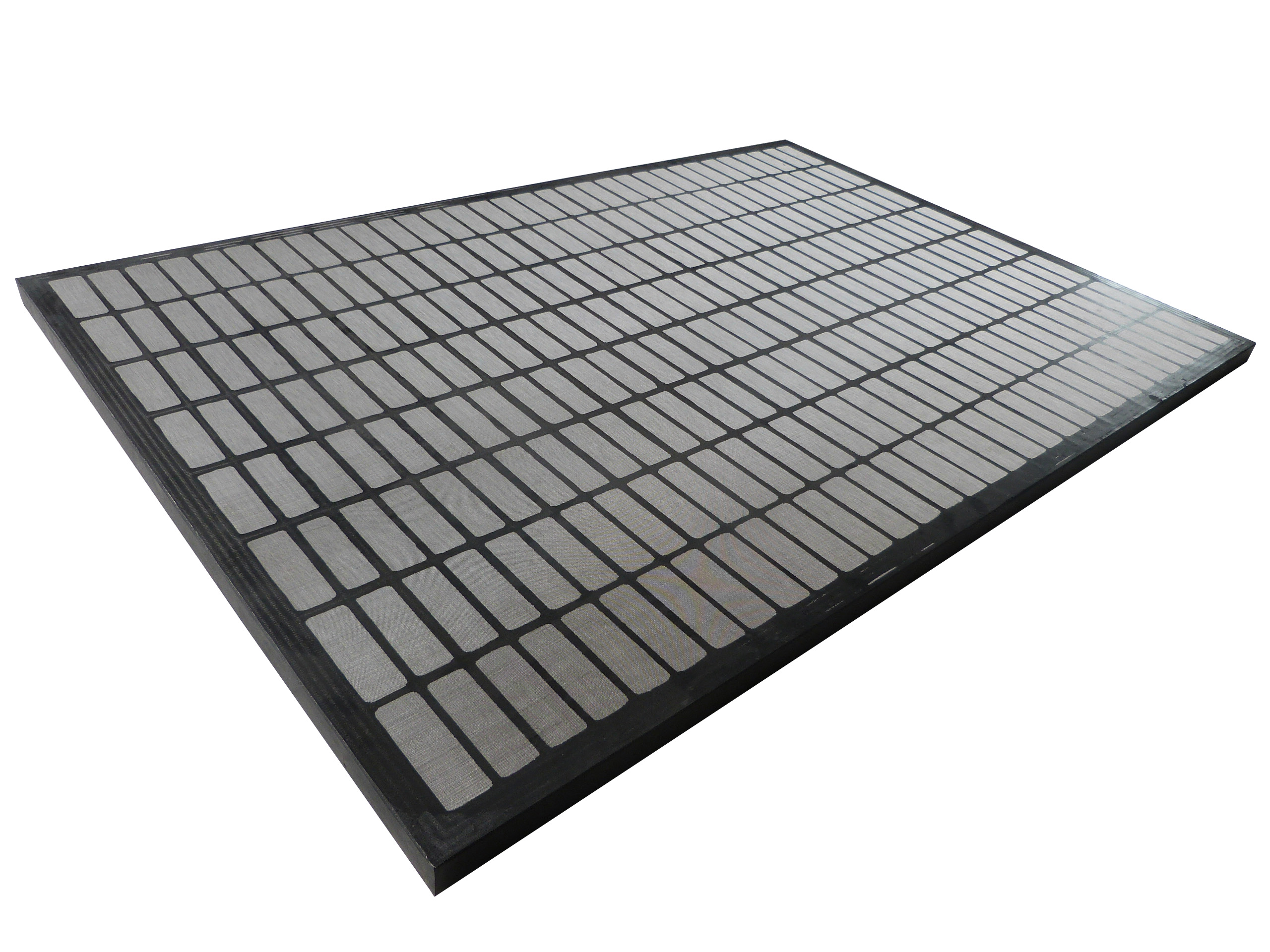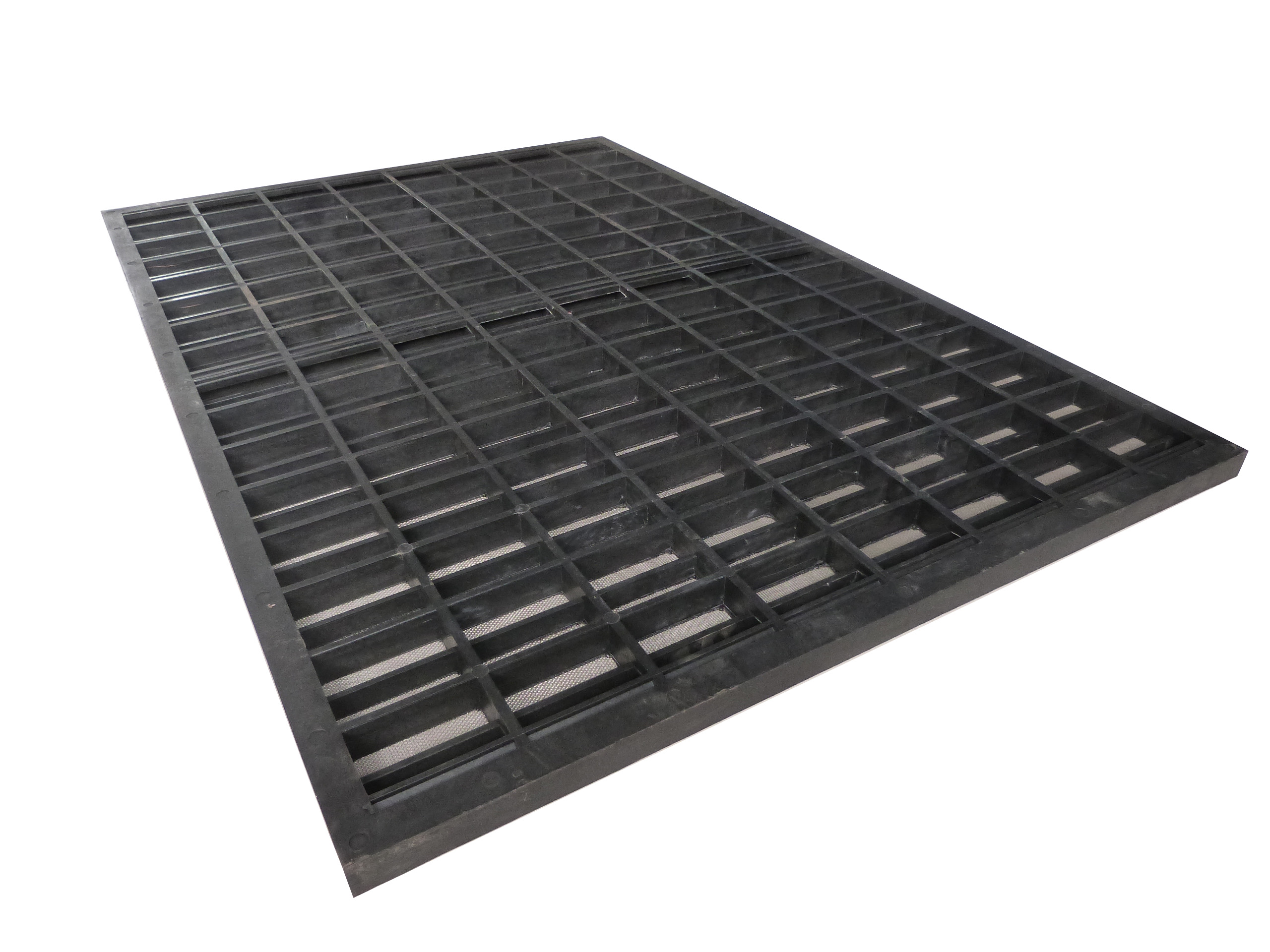
Recently, the "Antaike 2015 Non-Ferrous Metals Market Report", which attracted the attention of the industry, was held in Beijing. As part of the "Antaike 2015 Non-Ferrous Metals Market Report", the rare earth symposium was also held as scheduled. The seminar was chaired by Dr. Ren Weifeng, Chief Expert of Antaco, and Chen Jia, head of the Rare Earth Project Department, made a keynote speech. Special guests were discussed by Zeng Jia, Director of Domestic Trade Department of Youyan Rare Earth New Materials Co., Ltd.
Chen Jiazuo believes that after losing the litigation in the rare earth WTO litigation case, China will remove the export quota management system for rare earth and other products from January 1, 2015, and it is expected to cancel the export tariff in mid-2015. Taking into account the establishment of rare earth conglomerates and the insignificant increase in the demand for rare earths abroad, it is believed that the cancellation of export management measures has no direct impact on prices. However, this policy change in incorporating export tariffs into rare earth mineral resources taxes may trigger a new round of market speculation and policy-oriented price rebound. The average monthly average price of rare earths in 2015 is expected to be in the range of 140 to 160, which is unlikely to reach the peak level in 2011. He stressed that the removal of rare earth export management measures and changes in mineral resources tax will trigger the re-expansion of the domestic black industrial chain and the formation of a global diversified supply structure.
Experts made detailed analysis and commentary on the hot issues of the rare earth market, changes in the industry, and future development trends. Its view is as follows:
Cancel the export quota of rare earth products
China lost in the WTO, and its export management measures for rare earths and other resource products were adjusted accordingly. On December 31, 2014, the Ministry of Commerce and the General Administration of Customs issued the "2015 Catalogue of Goods Subject to Export Licensing Management", stating that the management of export licenses for export of rare earths will enable enterprises to apply for export licenses without export approval. The document will be implemented from January 1, 2015. This means that the export quota for rare earths has been officially abolished (besides alumina, coke, tungsten and tungsten products, silicon carbide, manganese, molybdenum and fluorspar).
Rare earth products export tariff adjustment process
Encourage exports, implement export tax rebate policy (before 2003); restrict export, tax rebate rate is reduced year by year until cancellation (2003-2006); raise export threshold, increase tariff price year by year (2006-2014).
Rare Earth Export Tariff Adjustment: On December 12, 2014, the Tariff Implementation Plan for 2015 was reviewed and passed by the Fifth Plenary Session of the Customs Tariff Commission of the State Council and submitted to the State Council for approval and implementation from January 1, 2015; rare earth export tariffs Not cancelled together with quotas. It is reported that rare earth export tariffs will be adjusted in mid-2015.
The elimination of tariffs and quotas has no direct effect on prices. After the rare earth industry in China has undergone integration, it has formed a pattern dominated by the six major groups and has strong control over production. At the same time, each group has strictly implemented the state-planned total production control plan for rare earth production, and the total output has been relatively stable and has changed substantially. The situation of excessive competition in the past. At present, the diversified supply pattern of rare earth has been formed. In recent years, China's export quota usage rate is not high, and the international economic situation is not optimistic. The increase in overseas rare earth demand will not be too obvious, and the boosting effect on rare earth prices is very limited.
Adjusting Mineral Resources Tax is Crucial
The export tariff of rare earth products was incorporated into the mineral resources tax, and the standard for the tax revenue of rare earth ore resources was raised. → The increase in production costs → Expectations for price increases on the market → Another round of speculation started. The price of rare earths continued to decline in recent years. The reason for the two rebounds during the period was the crackdown on the black rare earth industrial chain. The recent rebound of rare earths is a policy-oriented one.
The expected value of rare earth prices this year is relatively high. There are three factors affecting future price trends: first, total control efforts, including combating the black industry chain; secondly, cancellation of intermediate product tariffs, resource tax adjustments and time points, and third, national receipts. Save time.
The price of rare earths should also take into account foreign rare earth supply and downstream demand for rare earths. The current slow recovery of the world economy and the long-term existence of petroleum energy at the bottom are also detrimental to the development of clean energy and limit the terminal applications of rare earths. It is expected that the price of rare earths will increase in the first half of the year in the direction of policy support. After the implementation of the policy, it will enter the shock range of the box.
Swaco Mamut Shaker Screen
Replacement Screen for SWACO MAMUT Shale Shaker – Composite Frame
SJ-Swaco MAMUT Shaker Screen is compatible with MAMUT shale shaker from M-I SWACO. It is one of the necessary equipment accessories of drilling fluid shale shaker. Stainless steel 304 wire mesh cloth is divided into independent small surface areas to prevent the part excessive expansive damaged. There are 2 layers, 3 layers, even 4 layers screens to increase the efficiency and reduce the cost of drilling mud treatment.
Technical Parameter
- Mesh Material: stainless steel 304/316/316 L.
- Frame Material: composite.
- Screen Type: XL, XR.
- API RP 13C Designation: API 20 – API 325.
- Color: grey.
- Package: packed in paper carton, shipped by wooden case.
Adaptable Shale Shaker Model
SJ-Swaco MAMUT shaker screen are used as the substitute screen for
- SWACO MAMUT shale shaker.
Competitive Advantage
- Composite frame with strengthening supporting tendons.
- SS 304/316 wire mesh cloth does not rust or delaminate.
- Strong adhesive technology for high sealing property.
- Manufactured according to the API RP 13C (ISO 13501).
- Scientific & reasonable cost control system for competitive price.
- Adequate inventory in the shortest time to meet customers' demand.
Remarks:
M-I SWACO, MAMUT are marks of M-I L.L.C.
ShengJia only produces the replacement screens but not original from M-I SWACO



Swaco Mamut Shaker Screen
Swaco Mamut Shaker Screen,Swaco Mamut Shale Shaker Screen,Shale Shaker Screen Sizes,Shake Shack
Anping Shengjia Hardware Mesh Co.,ltd , https://www.oilshakerscreen.com